You’ve probably heard it promoted as a “heart healthy” alternative to traditional cooking fats, but the truth about vegetable oil is often misunderstood.
Compelling research reveals this isn’t something you want to add to your grocery cart; you’d be far better off avoiding it completely!
So why all the confusion? We’ll cover what vegetable oil is, why it’s dangerous, and what you can use instead. Ready? Let’s dive in.
Coconut Oil has hundreds of health benefits - learn how you can experience them with our FREE guide to Coconut Oil & its benefits.
Click Here to get your FREE Copy!
What Is Vegetable Oil?
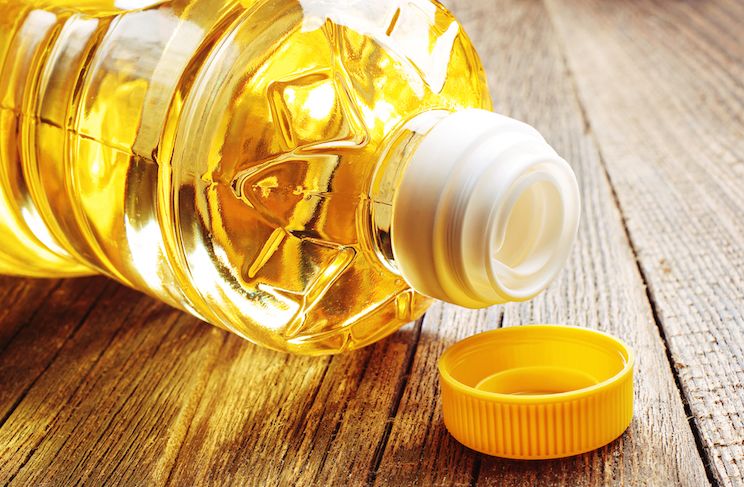
The name itself is a big source of confusion. In reality, vegetable oil manufacturers aren’t using the healthy, nutrient-dense ingredients people might think they are. They’re turning to things like:
The term “vegetable oil” is basically just marketing slang for plant-based cooking oils. It’s an umbrella term that makes the end product sound a lot healthier than it is. By the way, I’m not referring to the select few plant-based oils (coconut, olive, etc.) that do provide health benefits (more on those in just a bit).
If you check the labels on processed foods or vegetable oils, you’ll come across many of the plants listed above. With that said, soybean oil is by far the most common, comprising around 85 percent of all vegetable oils consumed in North America. (1)
Many vegetable oils are actually a blend of multiple plant oils. The most common sources are listed first on labels, though manufacturers aren’t required to list specific percentages. Some just use the generic term “vegetable oil”.
Why Mainstream Nutrition Groups Have Pushed Vegetable Oil for Decades
The term “vegetable oil” is tricky enough. But things really got confusing once mainstream nutrition groups stepped in and started promoting these products over traditional cooking fats.
Why? The theory was that saturated fats increase LDL cholesterol, leading to heart problems. Because traditional cooking fats (like butter and lard) had higher saturated fat content than vegetable oils, people started pushing the latter as “heart healthy” alternatives. Corn and soybean industries, both of which are heavily subsidized by the U.S. government, liked the sound of that! (2) [tweet_quote] Beware of untrue claims that vegetable oil is “heart healthy”.[/tweet_quote]
This theory has been proven to be a flat-out myth. One meta-analysis reviewed 21 studies and found no significant evidence that consuming saturated fat increased the risk of heart disease. (3) Many others have shattered the supposed link between saturated fat intake and LDL cholesterol levels. (4)
Despite the mounting weight of scientific evidence, mainstream nutrition organizations have been slow to revise their recommendations.
This combination of factors – the marketing term “vegetable oil” and mainstream nutrition’s full support – explains why vegetable oil consumption has exploded in the last few decades. Soybean consumption alone increased over one thousand times from 1909 to 1999, accounting for seven percent of the daily calorie intake in the U.S. diet. (5)
How Vegetable Oil is Made (Anything but Paleo!)
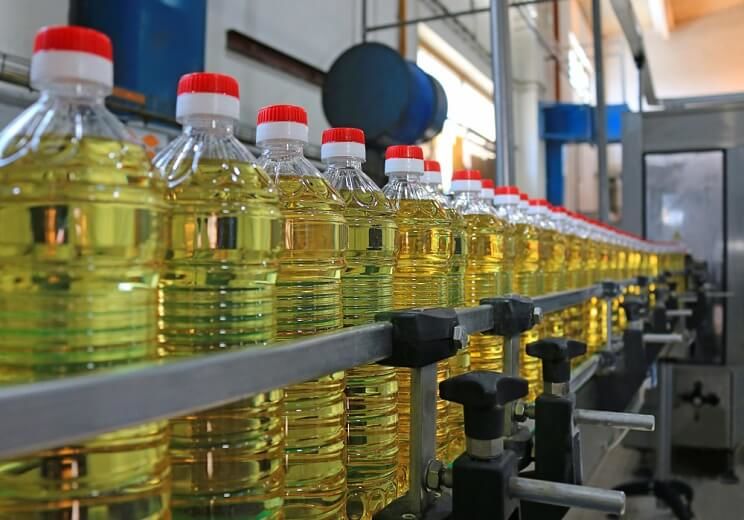
How do you make vegetable oil?
It’s anything but straightforward. Here’s how manufacturers handle the process:
- Heat the seeds or plants at extremely high temperatures
- Extract the oils using a petroleum solvent
- Heat again, adding some acid to remove any waxy solids which formed from earlier processing
- Use more chemicals to treat the oil and improve the color
- Deodorize the oil to eliminate the odor and make the end product palatable
Scary, right? The end product looks nothing like its former self. The nutrient sources are minimal to begin with, and by the time processing is complete they’re downright harmful.
Some more expensive vegetable oils are marketed as “cold-pressed” or “expeller-pressed”. These products aren’t as processed as the alternatives because they aren’t exposed to extreme heat or chemical solvents. But their fat composition still makes them dangerous to consume. [tweet_quote] Vegetable oil has minimal nutrients to begin with, and chemically processing it makes this oil downright harmful.[/tweet_quote]
Bottom line: vegetable oils are heavily processed, often come from genetically-modified seeds, heated at extreme temperatures, and slathered in chemical solvents.
Vegetable oil is about as processed and non-Paleo as you can get!
Why Vegetable Oil Is Toxic
We know vegetable oil isn’t Paleo, but just because it’s something our ancestors didn’t use doesn’t make it a no-go automatically. After all, memory foam, airplanes, and the Internet are pretty awesome.
Unfortunately, there’s plenty of evidence that mainstream nutrition’s championing of vegetable oil is doing way more harm than good:
High Polyunsaturated Fat Content
Remember how the unsaturated fats in vegetable oils were supposedly one of their biggest selling points? Well, it turns out this feature isn’t a benefit at all. It’s actually dangerous.
Every fat source available to us breaks down into a combination of these three categories:
- Saturated fats
- Monounsaturated fats
- Polyunsaturated fats
The vast majority of coconut oil (87 percent), for instance, is saturated fat. (6) Vegetable oils tend to contain extremely high levels of polyunsaturated fats (or PUFAs).
The danger here lies in the dose. Eating such a high concentration of PUFAs in oil form is unnatural. It doesn’t do us any favors when the percentage of PUFA consumption has gone from around 3 percent to nearly 10 percent in the past century. (7) [tweet_quote] Vegetable oils tend to contain extremely high levels of dangerous polyunsaturated fats.[/tweet_quote]
PUFAs’ structure makes them extremely fragile. They only require low temperatures to oxidize (become rancid and harmful). This can happen during processing, transport, or storage of the vegetable oil when it’s exposed to heat and sunlight.
Consuming oxidized fats causes inflammation. (8) It’s this chronic inflammation that leads to practically every modern health condition – everything from type 2 diabetes and depression to even heart disease. (9, 10, 11)
Skew the Omega-6 to Omega-3 Fatty Acid Ratio
Vegetable oils are also high in omega-6 fatty acids. While there’s nothing inherently wrong with omega-6s, we run into trouble when the ratio of omega-6 to omega-3 fatty acids in the body gets too imbalanced. These fatty acids compete, meaning that if you have more omega-6s, you need more omega-3s to compensate.
Scientists estimate that our ancestors evolved with a ratio of around 1:1. But that’s a far cry from the average person now, who walks around with ratios as high as 16:1. (12) The typical modern diet of processed foods is a recipe for a skewed omega-6 to omega-3 ratio. [tweet_quote] The ratio of omega-6 to omega-3’s in our bodies should be 1:1, but it’s usually closer to 16:1.[/tweet_quote]
Consuming vegetable oil regularly makes the problem even worse, as most contain very high percentages of omega-6 fatty acids. Sunflower, corn, and soybean oil all contain at least 50 percent omega-6s. (13)
Excess omega-6 intake causes inflammation, which leads to everything from increased risk of heart disease and stroke to bipolar disorder and postpartum depression. (14)
Chemical Additives
Vegetable oil manufacturers add chemicals to help with processing, as well as artificial preservatives to extend the shelf life of their products. Some of these chemicals can be dangerous.
BHA (Butylated Hydroxyanisole) and BHT (Butylated Hydroxytoluene) are extremely common. While they help prevent oil from oxidizing too quickly (always a concern with the high polyunsaturated fat content), they’ve also been shown to produce some disturbing health effects.
At higher doses, BHA has been linked to decreased testosterone and thyroxin (a thyroid hormone), as well as adverse effects on sperm quality in rats. (15) Although the FDA considers BHA as “generally recognized as safe,” the National Toxicology Program says it is “reasonably anticipated to be a human carcinogen”. (16) The European Union classifies it as an endocrine disruptor. (17) [tweet_quote] The chemicals used to treat vegetable oil has been linked to decreased testosterone levels.[/tweet_quote]
Some animal studies discovered that BHT had a carcinogenic effect. Researchers fed rats BHT, and the rats developed liver and lung tumors. Like BHA, BHT has also disrupted endocrine function. (18)
There’s also no telling how much pesticide residue comes from the seeds that eventually become vegetable oil. Not to mention that the vast majority of them are genetically modified.
Trans Fats
If all that wasn’t bad enough, vegetable oils are also full of dangerous trans fats. Here’s something that practically everyone in health agrees on: consuming too many trans fats is bad news. They have been linked to all kinds of serious health conditions from diabetes and obesity to heart disease and even cancer. (19, 20)
Eating natural trans fats from meat is one thing. But the trans fat from animals is extremely low. (21) Consuming a moderate amount is perfectly healthy, and one natural trans fat, conjugated linoleic acid (CLA), is even sold as a supplement. (22)
Artificial trans fats are a different story. Manufacturers form these in a process called hydrogenation, when liquid vegetable oils are converted to remain solid at room temperatures (think of shortening or margarine).
Avoiding shortening and margarine isn’t enough. Research found a significant portion of trans fats (.56 and 4.2 percent) remain in liquid soybean and canola oils. (23) Partial hydrogenation is still dangerous.
What About Brominated Vegetable Oil?
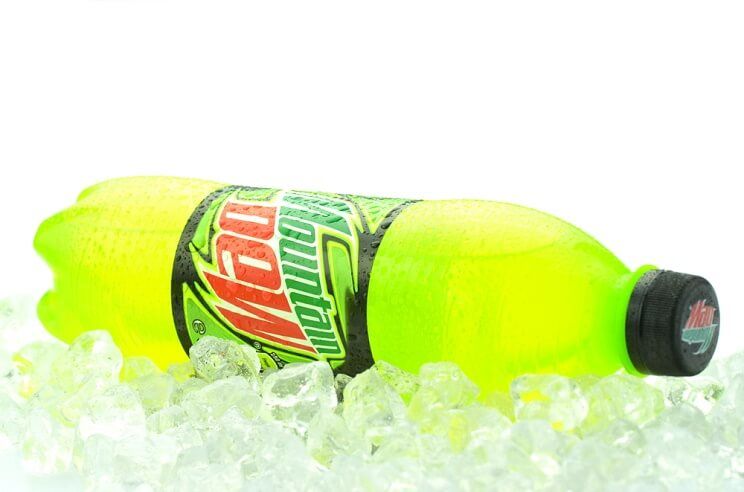
Manufacturers make BVO by bonding vegetable oil with bromine. They use BVO as an emulsifier to ensure the artificial flavoring stays mixed into the drink instead of floating to the surface. It’s BVO that gives drinks like Mountain Dew their cloudy look. (24) [tweet_quote] Brominated vegetable oil is what gives unhealthy citrusy drinks their cloudy look.[/tweet_quote]
BVO has been linked to thyroid dysfunction and myocardial lesions in rats. (25) There have also been several incidences where people who drank several liters of citrus soda daily were rushed to the emergency room with symptoms like headaches, memory loss, swollen hands, and ulcers. (26, 27)
BVO has already been banned in the European Union and Japan, though the U.S. FDA hasn’t followed suit. Sodas and sugary sports drinks cause a host of health problems on their own. BVO makes them even worse. Do yourself a favor and avoid them at all costs!
How to Avoid Vegetable Oil
Staying away from vegetable oil is easier said than done. In the past, this stuff was nowhere to be found; now it feels like it’s everywhere you look!
Following a Paleo diet lays the foundation. By sticking to high-quality produce, animal protein, and nuts and seeds, you put yourself in a great place to avoid most industrial oils. Pay attention when it’s time to cook and/or season those healthy foods, though. That’s where a lot of well-intentioned people slip up. Healthy alternatives to vegetable oils are listed below.
Avoiding vegetable oils themselves is a great start. But to really stay away, you also have to watch out for store-bought products made from those oils. Some of the most common ones include:
- Chips
- Cookies (and other baked goods)
- Condiments
- Crackers
- Salad dressings
- Sauces
- Snack foods
If you go out to eat, chances are the restaurant uses vegetable oil. It’s not going to kill you, as long as it’s an occasional indulgence, not a regular thing.
Substitutes for Vegetable Oil
Here are some Paleo-friendly alternatives you can use freely without worrying about the dangerous health effects described above:
- Avocado oil. Avocado oil is healthy and versatile. It has an extremely high monounsaturated fat content, so it’s a lot more heat stable than the polyunsaturated fats found in vegetable oil alternatives.
- Coconut oil. With such a high saturated content, coconut oil is stable even at high temperatures. That makes it great for cooking or baking.
- Extra Virgin Olive Oil. You can cook with olive oil as well, but it’s best used in dressings, condiments, and colder recipes. Like avocado oil, it’s packed with healthy monounsaturated fats, but it’s less stable and prone to oxidation at lower temperatures.
The Bottom Line
Preparing a healthy meal, only to end up ruining it with vegetable oil, is the last thing you want to do. Although vegetable oil is a fixture in restaurants and processed foods, avoid making it a regular part of your daily meals.
Fortunately, you have other options. Stick to the foundation of a healthy Paleo diet – and use more traditional animal and plant-based fats.
What do you think of vegetable oil? Do you still run into people who insist it’s healthy? Leave a comment below and let us know!



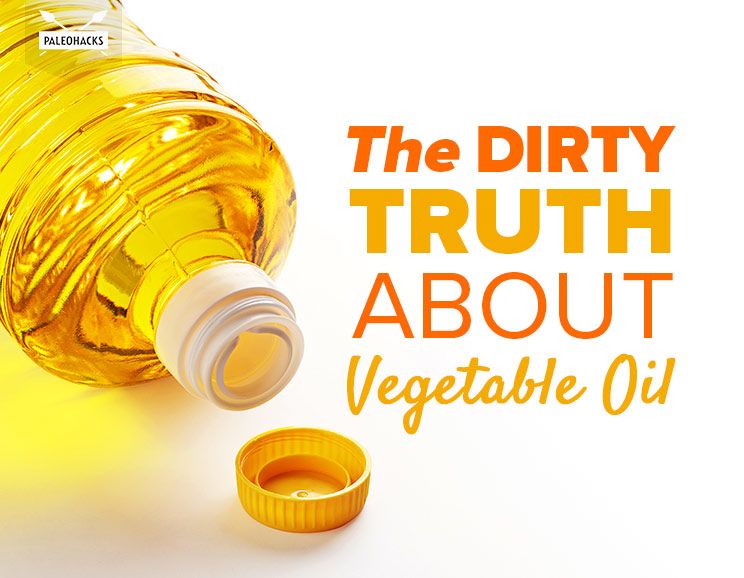
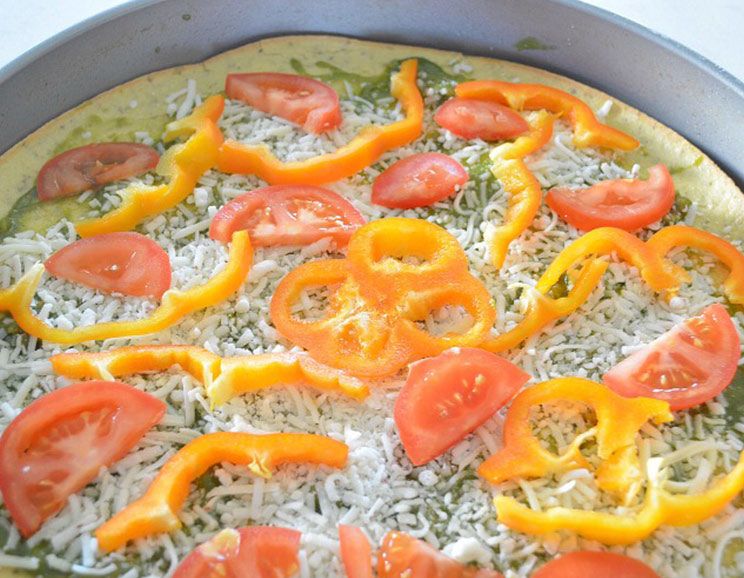 17 Low-Carb, Gluten-Free Pizza Recipes
17 Low-Carb, Gluten-Free Pizza Recipes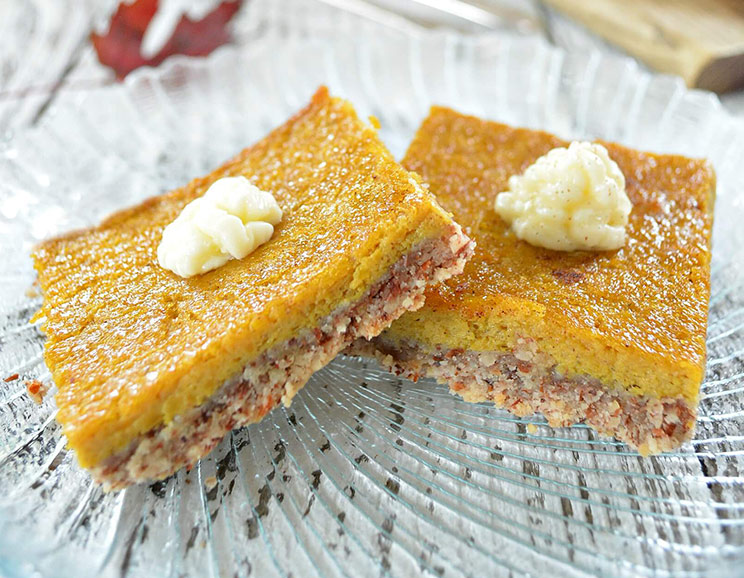
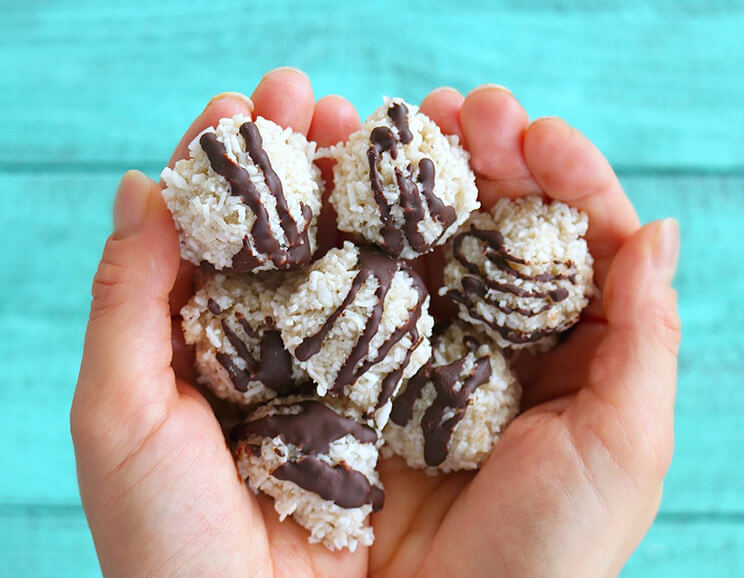

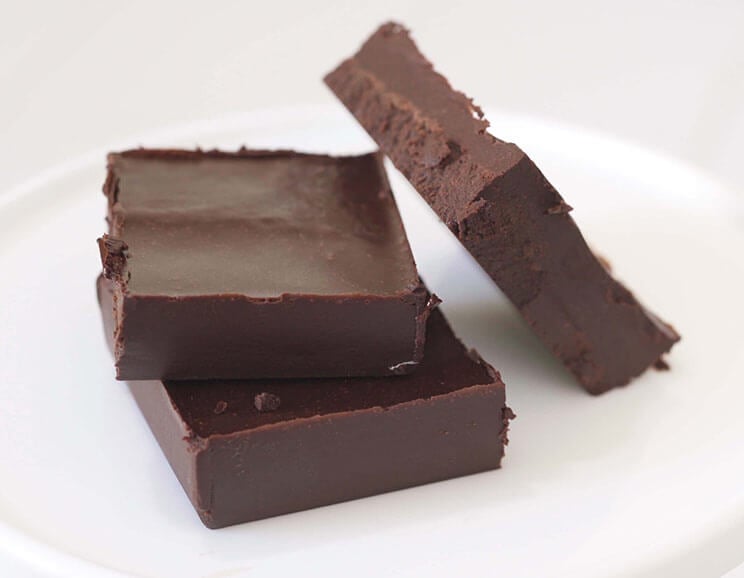
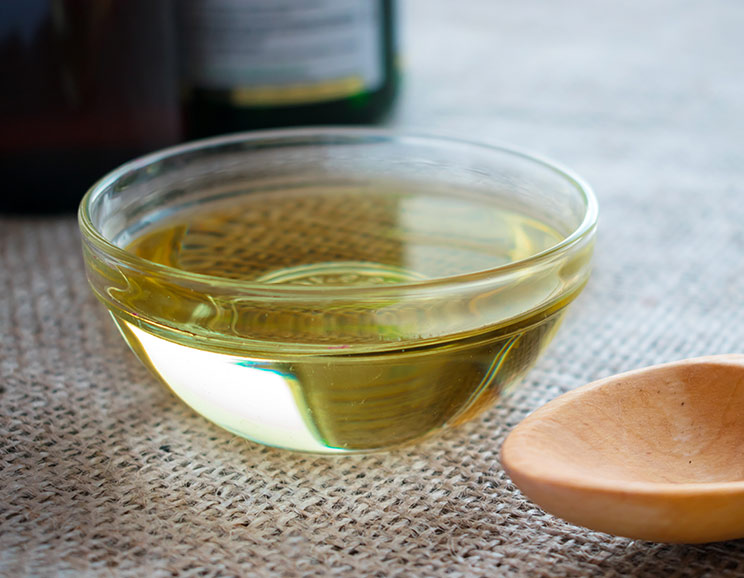

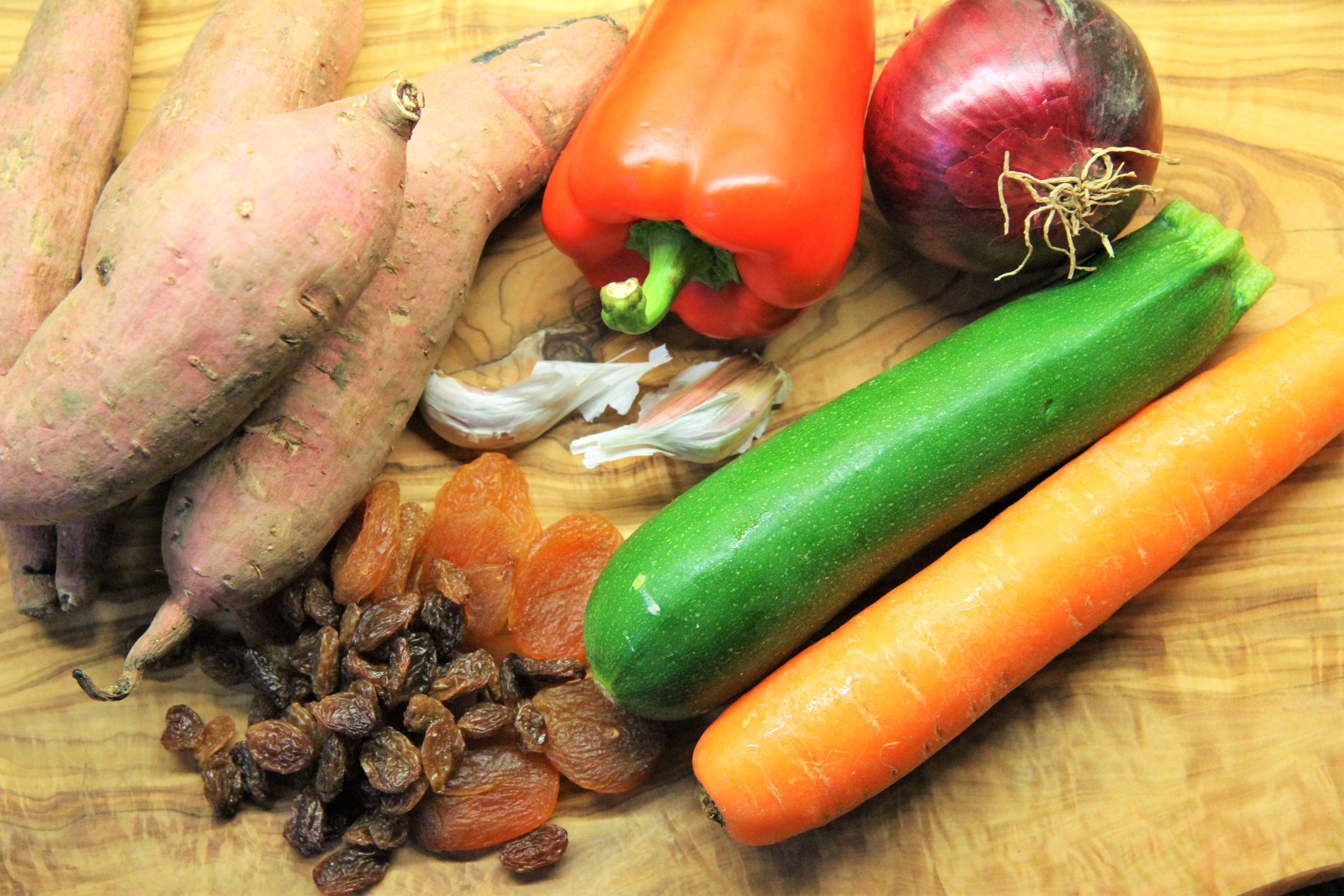
Show Comments